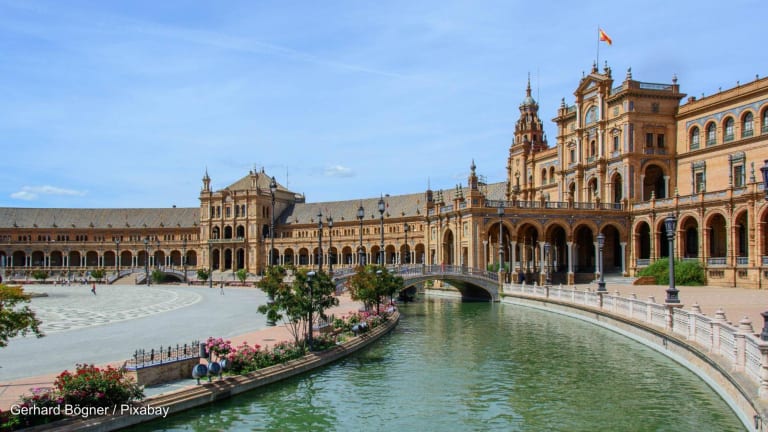National development banks can play a decisive role in financing the Sustainable Development Goals and the transition to a low-carbon energy future. Given their size and potential, these financial institutions do not receive adequate attention in global financial or development discussions. For the sake of sustainable development, this must change.
To achieve the SDGs, the United Nations estimates that an additional $2 trillion to $3 trillion of investment will be needed per year in energy, infrastructure, agriculture, health and education. Specifically, there remains an annual $1 trillion infrastructure financing gap, mostly in emerging economies, to be filled. Relative to a $110 trillion global economy and over $100 trillion of assets of institutional investors in the Organization for Economic Cooperation and Development alone, this should be manageable. Yet, the critical question remains: what are the right financial institutions to intermediate saving for sustainable investments? National-level development banks are a major part of the answer.
Development banks are financial institutions that provide long-term capital and advisory services for infrastructure projects, businesses, agriculture and other sectors whose financial needs cannot be served solely by the public sector, commercial banks or capital markets.








